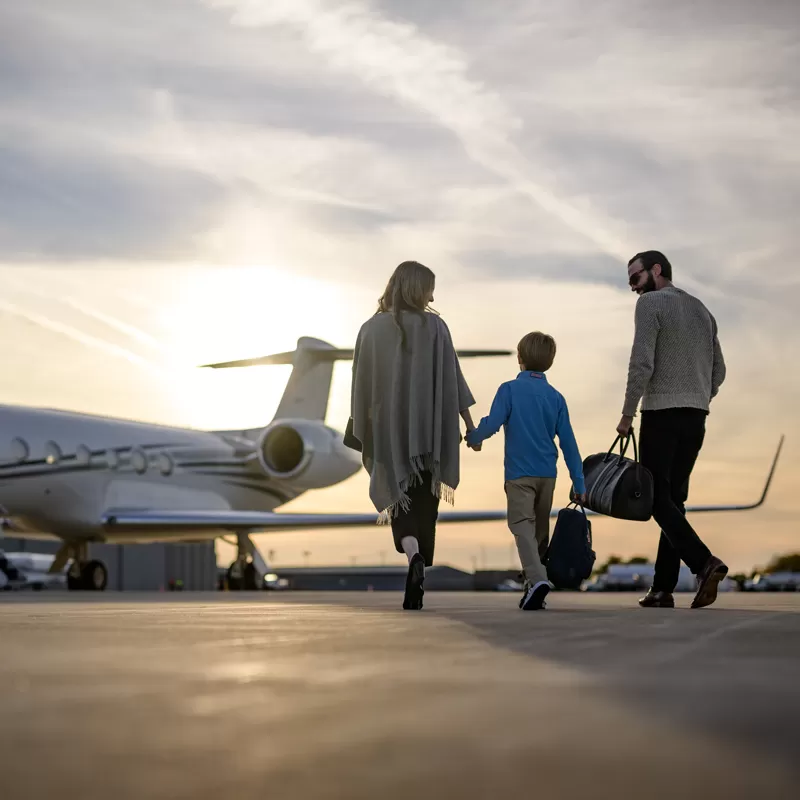
Maximizing Aircraft Utilization: How Owners Can Make the Most of Their Investment
Oct 16, 2025
For aircraft owners, the true value of ownership extends far beyond the initial acquisition. How effectively an aircraft is used directly impacts operational costs, crew satisfaction, and access when it matters most.
Pentastar’s Calvin Ford and Rick Sieg share insights on how owners can maximize utilization and enhance their return on investment.
Q: What are the biggest barriers that prevent owners from maximizing aircraft utilization?
Calvin: It often comes down to not having a full picture before buying. Owners need to think through all the details—how many passengers they’ll be flying (i.e. what size aircraft should they be considering), where they’ll go, and how many hours they’ll realistically fly each year, what is a realistic budget. Getting clear on that up front makes all the difference. That’s where we step in, helping owners ask the right questions and get the data they need to make smart decisions.
Q: What scheduling strategies help boost utilization without sacrificing owner availability?
Rick: The main things that affect availability are maintenance, crew training, and time off. The best approach is to line those up. For example, schedule training during planned maintenance and encourage PTO when the aircraft is already grounded. Doing it this way keeps the aircraft ready when you need it, and your crew happy and safe.
Q: How should owners think about chartering out their aircraft?
Calvin: It’s all about balance. You want to keep the aircraft available for your own use—that’s the top priority—but chartering can help offset costs. The key is to do it without stretching your crew too thin or adding extra staff. You want your team to stay happy while the plane is working for you. It should also be said that one of the biggest myths of owning an aircraft is that charter will help offset the overall cost of ownership. That will never happen – not even close. But you can offset some of the fixed cost – perhaps the salary or salaries of your crew, depending on how much you want to charter your aircraft.
Q: Where does technology fit in when it comes to managing utilization?
Rick: Technology makes a big difference. Modern scheduling software can track crew training, currency, vacation, and maintenance schedules all in one place. Some systems even integrate maintenance forecasts so you can plan downtime efficiently.
Most of this software works on your phone, so scheduling questions can be answered quickly. You can also share flight schedules across teams or business units, which helps maximize available seats and match aircraft to the right missions. For example, it’s easy to see whether an 8-seater might make more sense than an 18-seater for a particular flight.
Q: Can you share a success story where an owner improved ROI through smarter utilization?
Rick: One simple but powerful approach is picking the right aircraft for the mission. We have clients who operate corporate shuttles between busy business hubs, and they’ve chosen mid- or super-mid-size aircraft instead of larger jets. The result? They save on operating costs while still delivering the service they need.
The lesson is clear: define how you’ll use the aircraft, then invest in the plane that fits. It’s about working smarter, not just flying more.
Smart aircraft utilization can save time, reduce costs, and enhance crew satisfaction—all while keeping your aircraft ready when you need it.
If you’re ready to get more from your investment, reach out to our team today to explore strategies tailored to your aircraft and mission.

